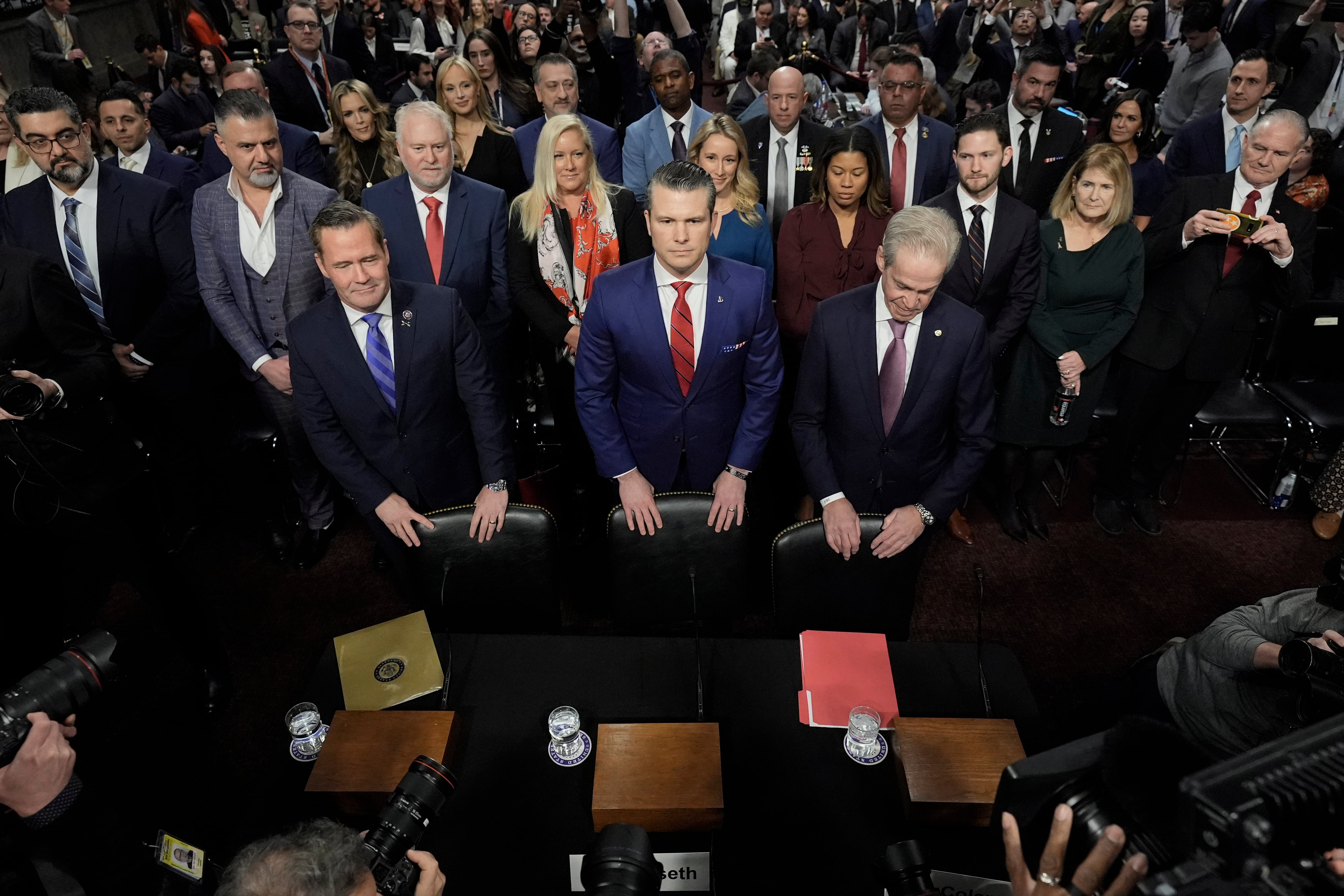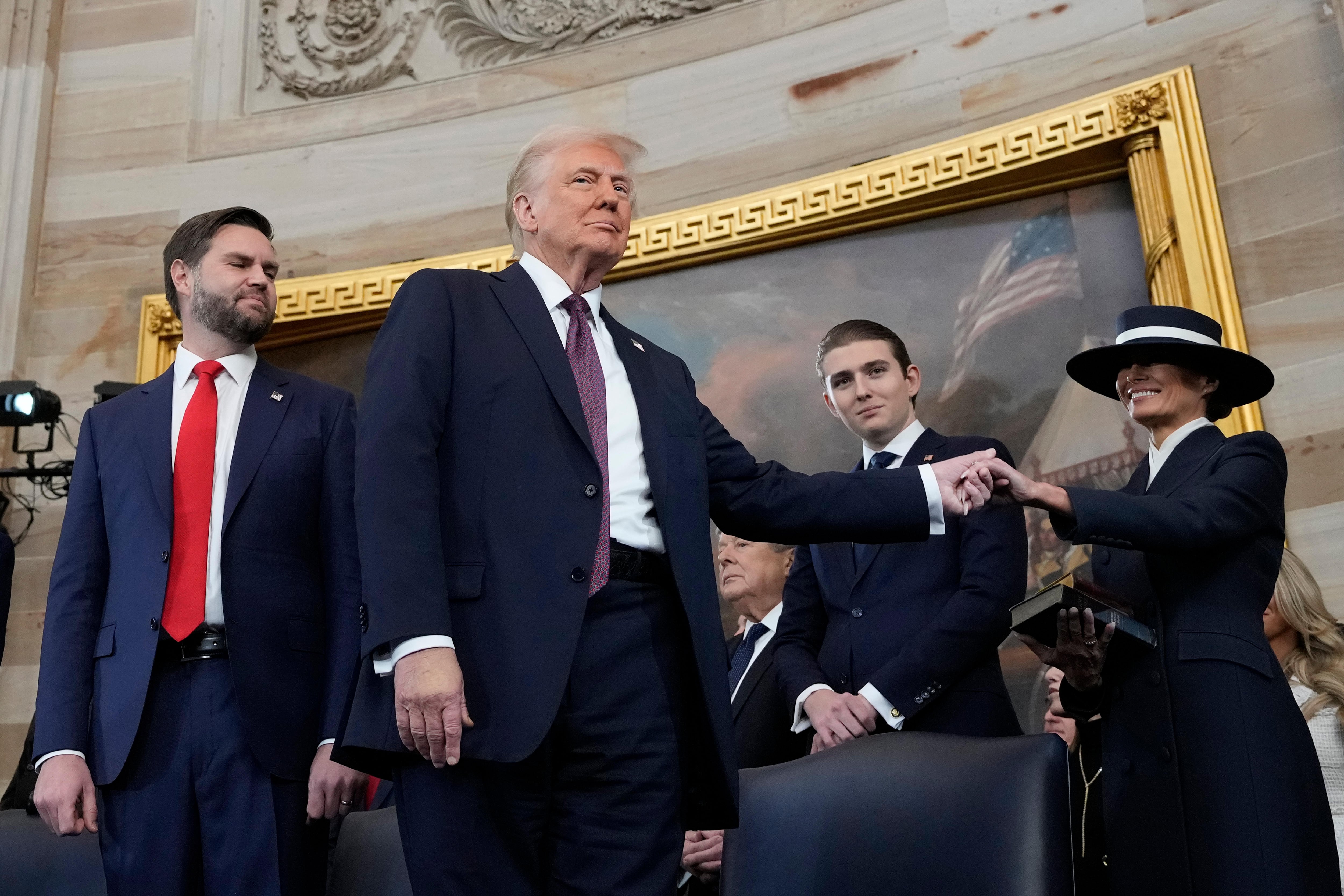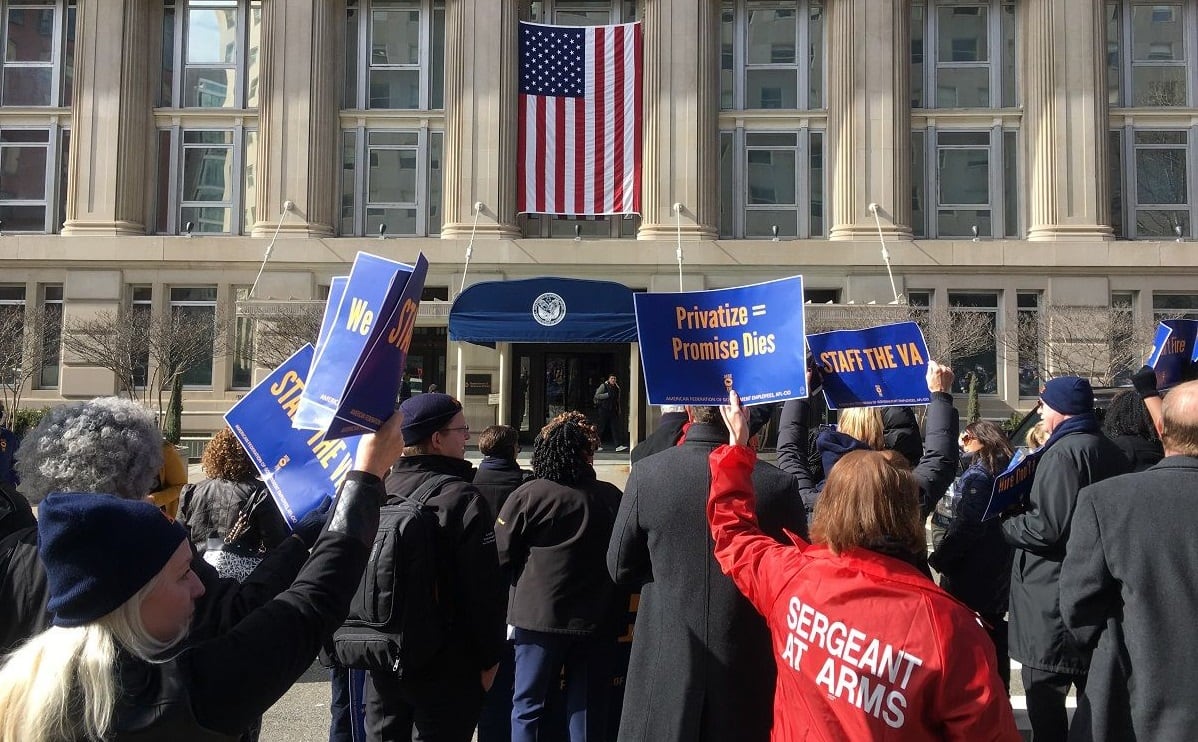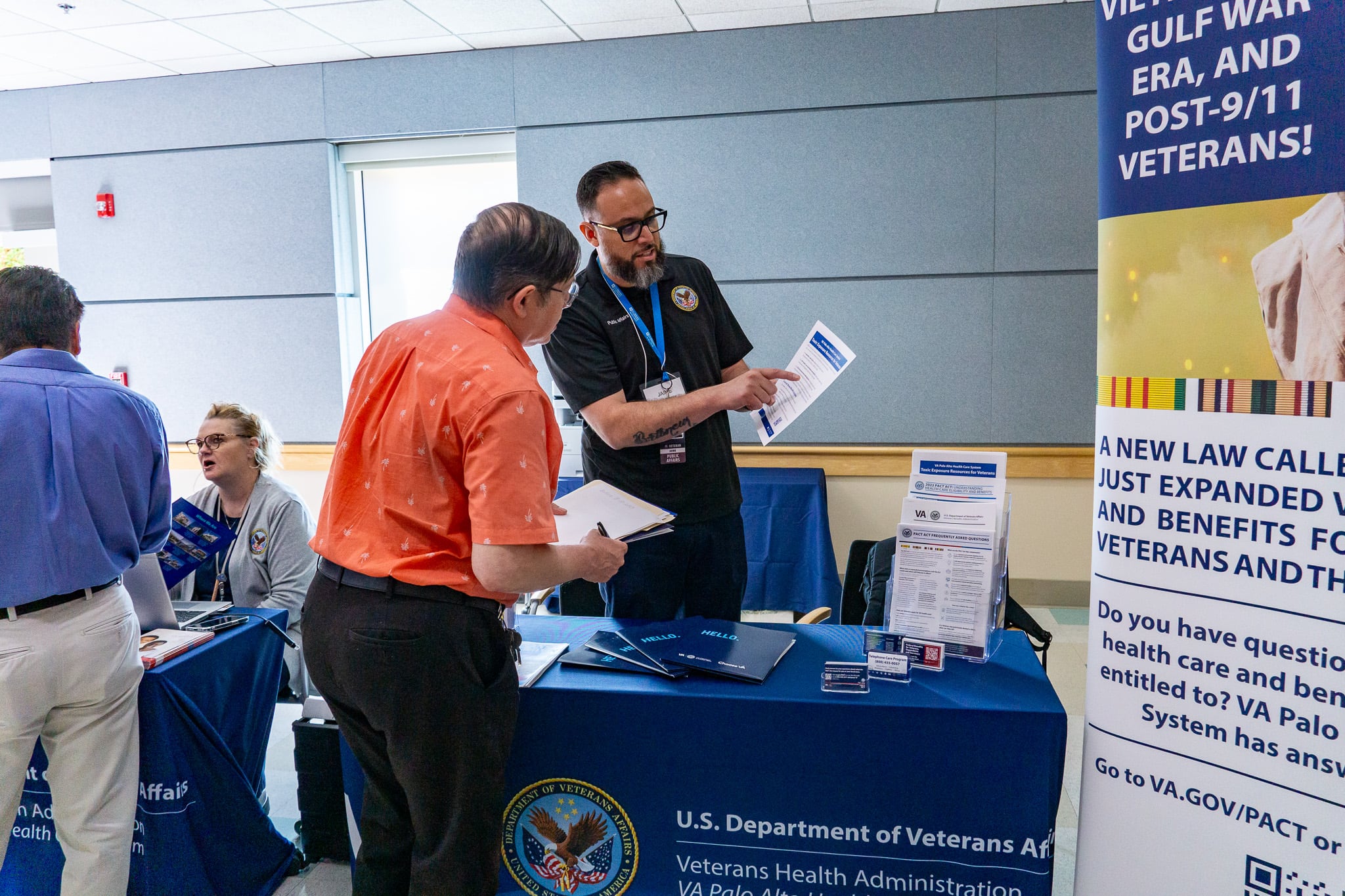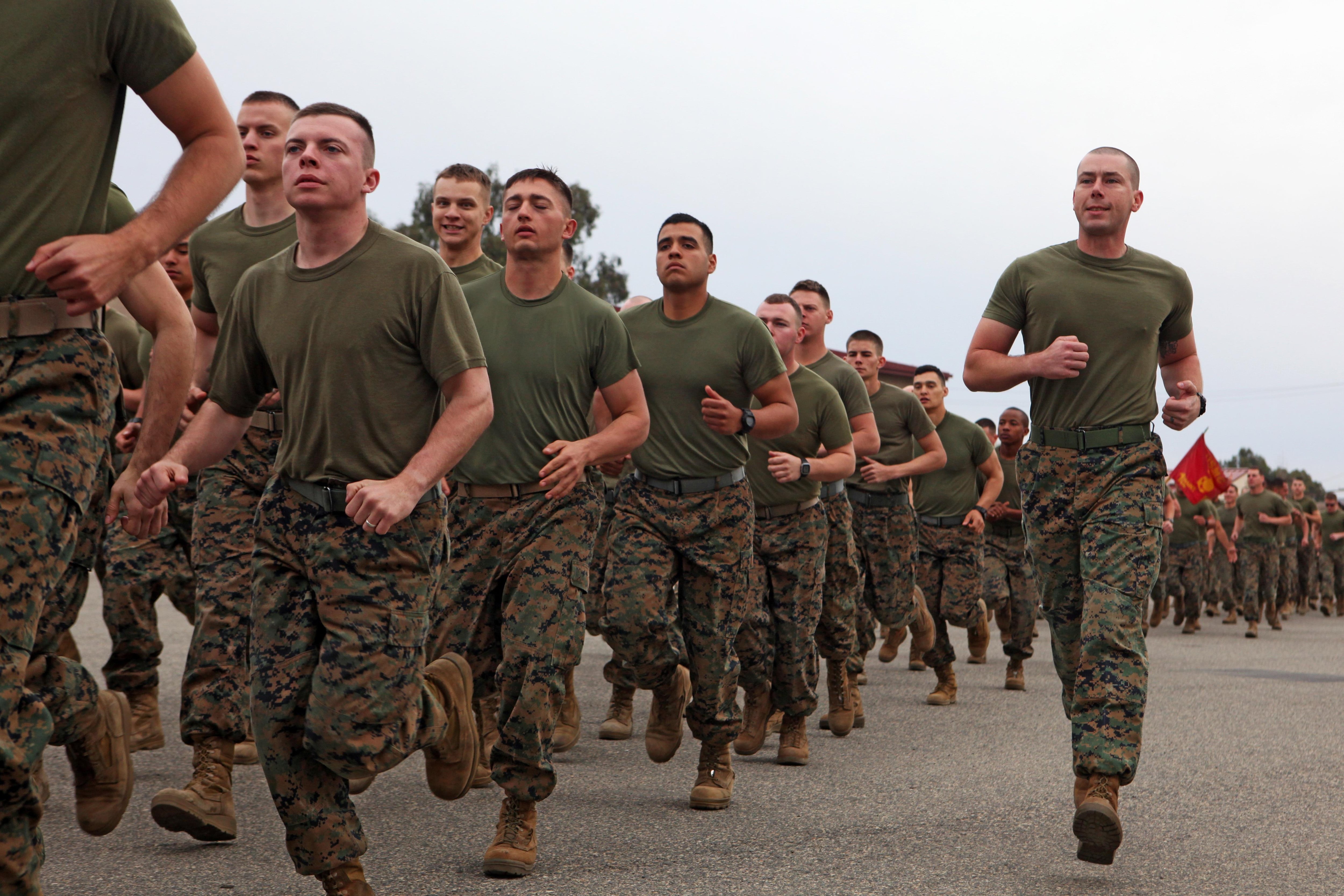A new group of young, Denver-area veterans is harnessing creative powers to find direction and healing from the destructive grip of war.
Their energy in what has been dubbed the Art of War Project is, in turn, helping to transform one of the oldest veterans organizations in the nation.
Like a circle, that old veterans group — Veterans of Foreign Wars Post 1, formed in 1899 and the genesis of today's VFW — provides safe harbor to the artist-warriors as each continues to infuse the other with a new sense of life, vitality and purpose.
And it's all the result of three simple suggestions.
'I simply am not there'
Curtis Bean never wanted to be an artist, much less lead an art collective. And he certainly never wanted to kill any kids.
Those damn kids.
He remembers watching them through the scope on his Remington bolt-action sniper rifle where they played around the cache of weapons and ammunition the enemy had stashed in a field outside Baghdad. It was 2007, and Bean, a sniper with the Army's 10th Mountain Division, was hidden in brush along a canal with his spotter and a three-man security detail.
"As a sniper, you're making the decision that someone needs to be put down for the greater good," Bean said. "That's your decision. And some decisions are harder than others."
When grown men showed up and began to haul away the weapons, Bean knew this was one of those times.
"We acted on it. We had to."
His first shot put a 7.62mm lead slug through the lung of a man about 350 yards away.
"It wasn't a bad shot at all. I was just trying to wait until the last minute, until the kids were out of the way. They were moving, so it wasn't an ideal shot, but it wasn't a bad shot."
The insurgents returned fire even as the rest of Bean's team opened up with their own assault rifles and grenade launchers.
"We never found any injured children. But that's not to say they weren't. Hopefully they weren't. Ideally, they weren't."
But maybe they were.
That day would linger, like so many others from his two tours in Iraq. Three years later, all he wanted was to cut through the anger and anxiety that clung to him like a fog.
That — and a painting he could hang on his living room wall.
"I just wanted something unique," he said. "Something that didn't suck."
He was out of the Army and on his way to becoming a firefighter.
His girlfriend at the time, an art student, suggested he make his own painting. Why not, he figured, and gathered some supplies.
That was the first suggestion.
As the paint dried, Bean looked at a blood-spattered Christian Bale in "American Psycho" staring back at him from the canvas.
A quote from the movie served as background: "You can shake my hand and feel flesh gripping yours and maybe you can even sense our lifestyles are probably comparable ... I simply am not there."
The painting and words captured something of what Bean was going through at the time.
And it didn't suck.
He knew that was true because friends — and soon friends of friends — kept asking him to paint something that didn't suck for them as well. But for Bean, the act of painting did not suck in more important and far more personal ways that he would only come to understand with time.
Breakthroughs
Painting became something of a workout for him, a creative exercise that helped him get through the day.
But while the fog was starting to lift, memories and melancholy lingered, punctuated with sudden bursts of inexplicable rage.
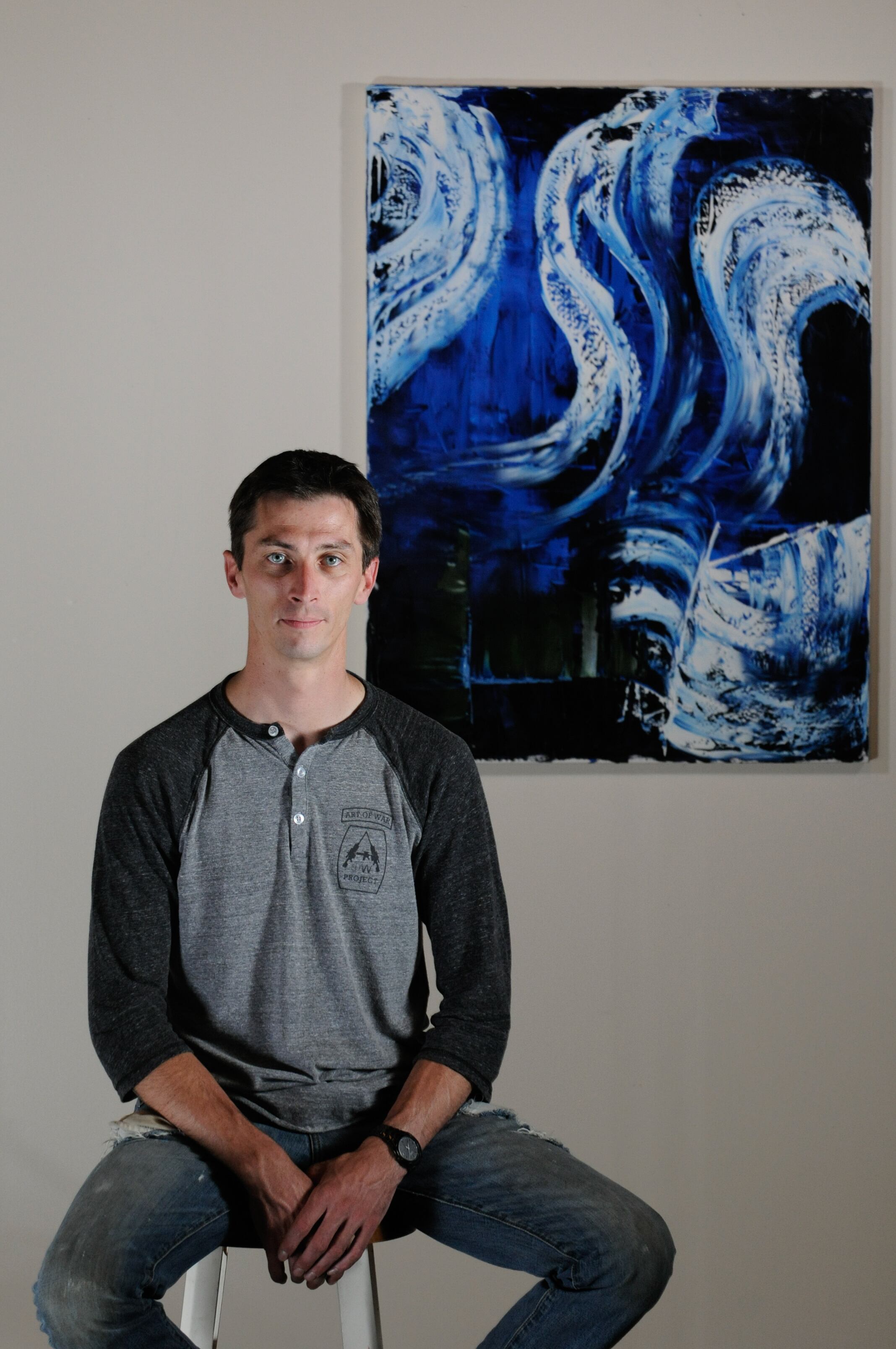
Jared Heiden served in the Army as artilleryman from 2003 to 2006, including tours in South Korea and Iraq.
Photo Credit: Jon R. Anderson/Staff
"Every small problem was a big problem," he said. "Things just felt unmanageable."
He figured out a job as a firefighter wasn't for him.
He was getting help from a Veterans Affairs Department counselor once a week but decided he needed to do something "drastic." So he checked himself into a seven-week VA inpatient program.
And found new hurdles. "I really struggled. The entire time, I was just pissed off. They were dragging out things I did not want to talk about, stuff I'd been avoiding for years."
But in the sixth week, "I had a breakthrough," he said. "I finally saw all the value in the treatment and started accepting what I was dealing with and using the tools they were teaching."
Yet what may have been the most significant aspect of that breakthrough wasn't even part of the program.
"We could go home on weekends, and I was spending so much of that time painting," Bean recalled. "I was doing a painting one day, and I remember saying, 'Man, I really needed that.'
"Art was my therapeutic release. I realized it's about getting your thoughts and visions and nightmares out of your head and getting them onto the canvas so that you're able to move past them."
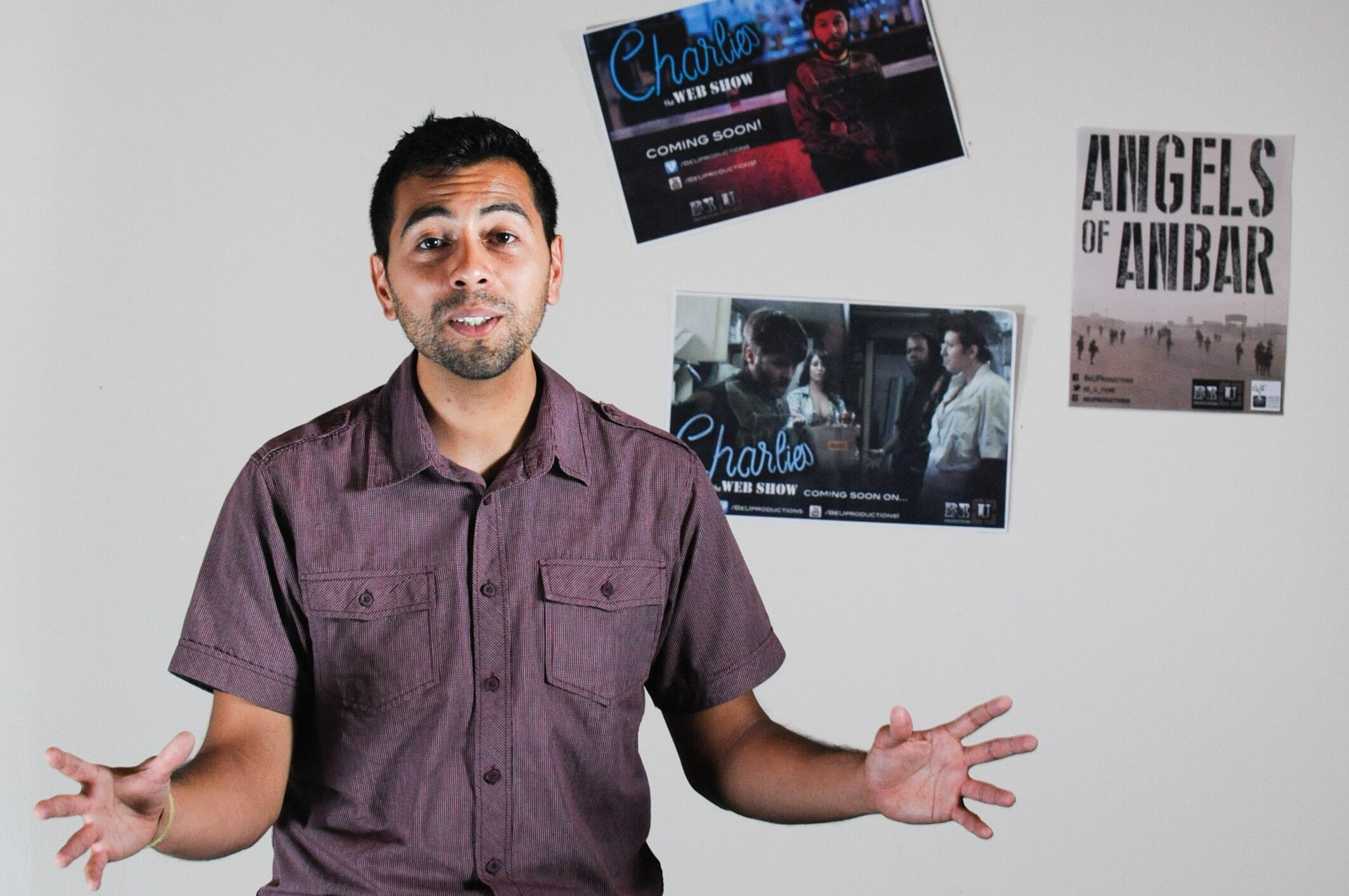
Army veteran Elvis Leon, who deployed to Iraq with the 1st Infantry Division for 15 months, produced the documentary short "Angels of Anbar" about his experiences downrange. Now teaching at Denver's Center for Digital Storytelling, he helped start weekly film nights at VFW Post 1.
Photo Credit: Jon R. Anderson/Staff
"Art therapy is not a new thing. It's being used everywhere, but it wasn't even a thing that was being talked about in the VA here. It's crazy that it took someone like me to bring it to Denver."
Bean told his counselor he wanted to do more. How could he get this to other veterans?
The counselor, a member of a local VFW post, had an idea.
Post 1, the first VFW post in the nation, was struggling. Years of financial mismanagement and dwindling membership had forced the post to sell its building in downtown Denver.
Essentially homeless, remaining members gathered — when there were enough — in the halls of other Denver-area posts.
But a new crop of leaders was trying to turn things around with a slew of innovative programs and partnerships geared specifically toward younger vets.
Bean's counselor suggested he talk with them.
Bean was dubious. VFW struck him as a group of old men drinking in an even older bar. But Post 1 was nothing like he expected.
"They were all about trying to find ways to help veterans — to actually do things."
That second suggestion, like the first, turned out to be spot-on in more ways than one.
Bean created the Art of War Project around the same time he joined VFW in early 2013.
A Denver art boutique dubbed Hope Tank hosted monthly "Vet Nights" where Bean introduced art therapy to more veterans.
Marine veteran Tylor Belshe was among the first to come check out a class, and a lot of what Bean was saying made sense to him.
A civil affairs officer with two tours in Iraq, including a particularly ugly tour in Fallujah, Belshe still struggled years later with post-traumatic stress — night terrors, waking up huddled in a closet "not knowing how I got there or why I was there," he said.
His temper was also a problem.
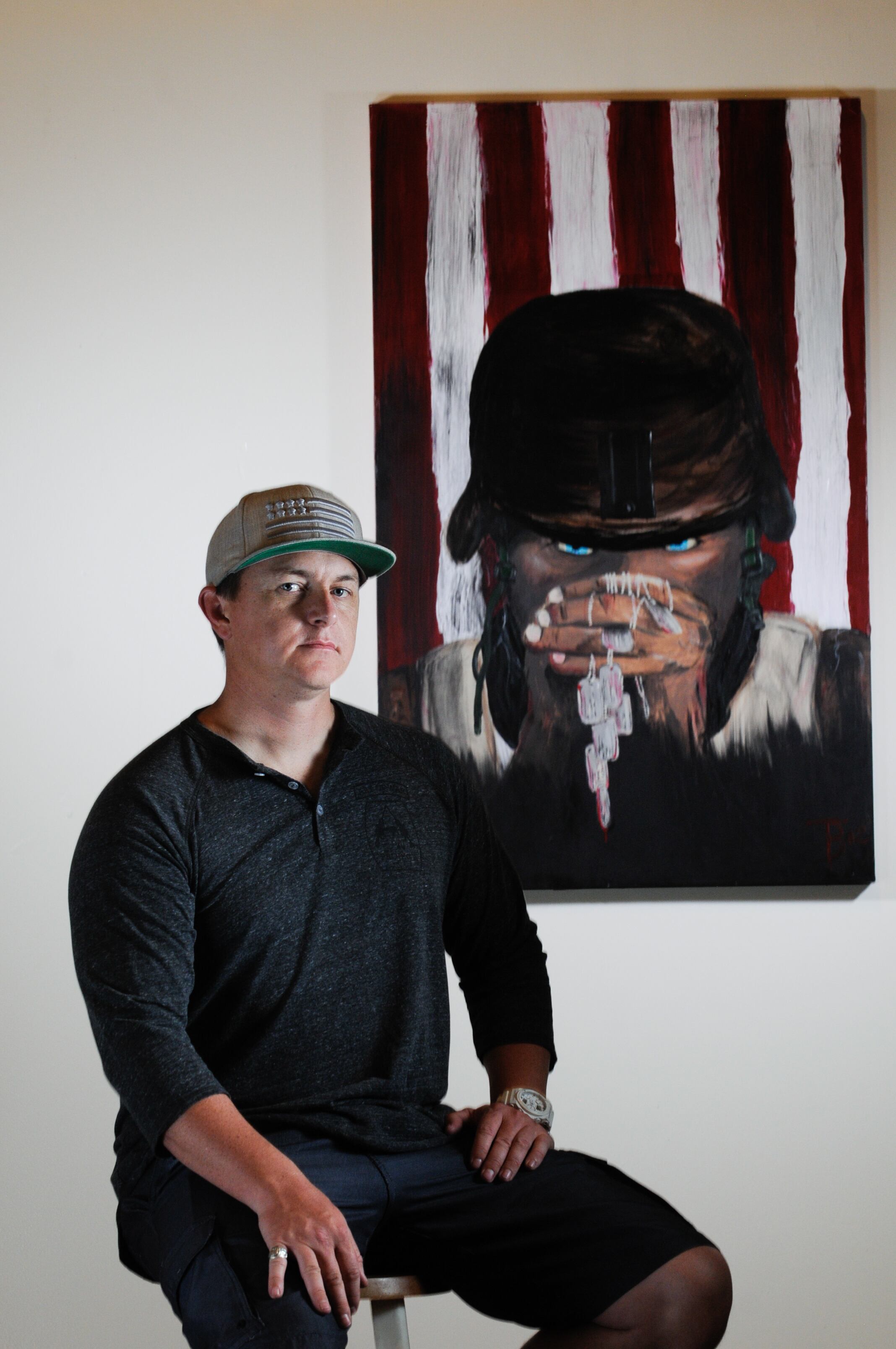
Marine Corps and two-time Iraq veteran Tylor Belshe served on active duty as a civil affairs specialist from 2000 to 2008.
Photo Credit: Jon R. Anderson/Staff
"I would go from happy to angry within a minute," he said, snapping his fingers for emphasis. "Something would set me off, and I would just be very, very upset."
Like Bean, art helped him hit the reset button. "I found art was a place I could go to refocus myself — not necessarily cure myself of what was going on, but ... to find control in a world I felt out-of-control in," Belshe said. It was a way to give voice to those feelings.
"The nice thing about art is that you can kind of show that expression — you can take it to those limits, and then people in their own way can view it and say, 'Wow, there's a lot of emotion in this piece.'"
Soon, Belshe was one of Bean's main volunteers.
Meanwhile, leaders with Post 1 connected Bean with the University of Colorado Denver's Boots to Suits, a mentorship program that brings together veterans and local professionals.
His mentor was Deborah Jordy, executive director of the Colorado Business Committee for the Arts.
"She was crazy influential with getting Art of War to where it is today," Bean said. "Basically, she knows everyone in business and the arts. She's been fantastic."
Post 1 helped promote Art of War in meetings, by word of mouth among members, and through the post's growing Facebook following.
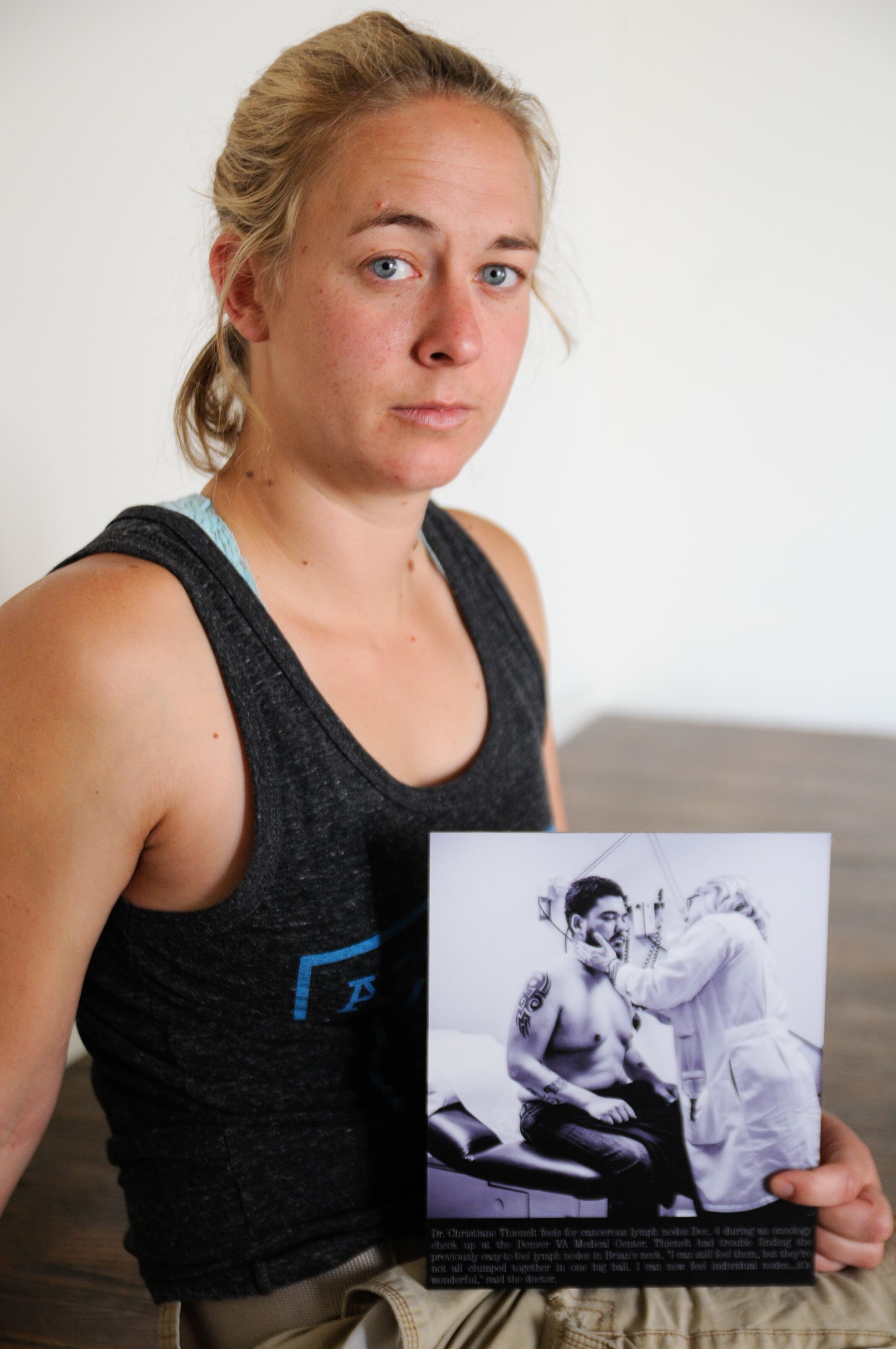
Iraq veteran Marla Keown was a truck driver in the Army Reserve from 2001 to 2012.
Photo Credit: Jon R. Anderson/Staff
"I was basically couch surfing," she said.
Post 1 leaders and their growing network of community groups connected her with the help she needed to get back on her feet. Now a professional photographer, she was giving back by shooting pictures for post events.
When Bean came along, joining with Art of War was an obvious move for her.
"Curt is just a ... beast. I try to keep up with him, but I generally fail. All the things he has to organize to keep it going, he's just amazing," she said. Local media soon picked up the story, and as Art of War's following grew, Bean would point them to VFW.
The buzz kept growing. By April 2014, Bean had garnered the Governor's Creative Leadership Award from Colorado Creative Industries for his work leading the Art of War Project.
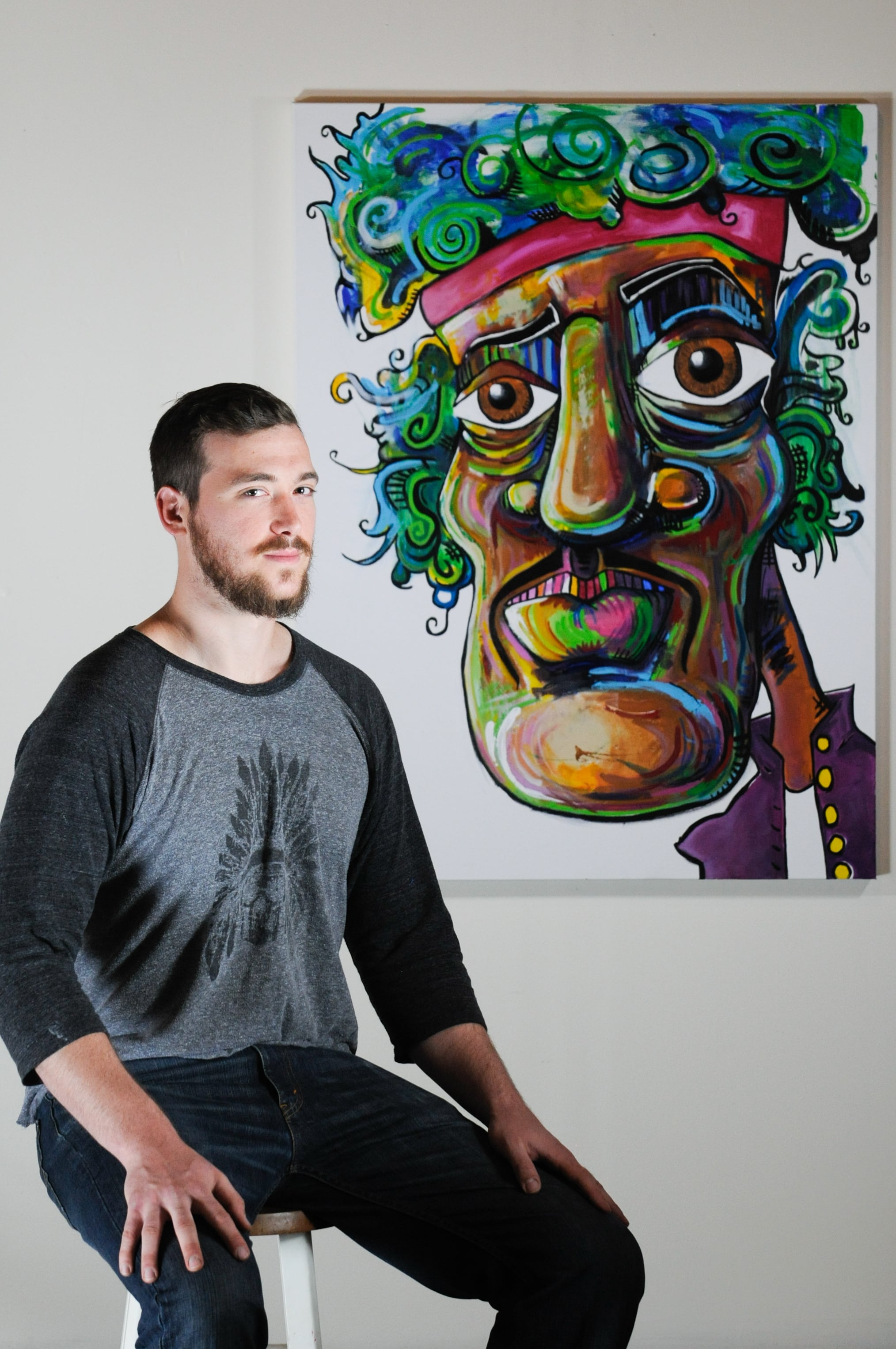
A sonar operator in the Navy from 2010 to 2014, Karel Moyer is an art student at the University of Colorado Boulder.
Photo Credit: Jon R. Anderson/Staff
The third suggestion
Post 1's commander, Navy veteran Michael Mitchel, asked Bean to join forces in a more formal way. After its stretch of homelessness, Post 1 was finally buying a new hall — a 7,000-square-foot warehouse in Denver's Santa Fe Drive art district.
Mitchel suggested Bean run a gallery downstairs, effectively becoming the public face of the post, while using the second floor as a studio.
"When we first were looking at this building, a lot of the older vets did not like it, because it didn't have a bar," Keown recalled. "Luckily, a lot of the younger vets convinced them it was going to be an amazing spot."
Still, holdouts had a hard time imagining how the creaky old structure, dirty and cluttered with junk, could ever be a place they'd want to call home. Keown remembered the June 2014 meeting in which Post 1 leaders convened inside the building to decide on whether to buy it.
"About 20 people showed up. Everyone got to say their piece. And then we voted on it. And the younger hands won," she said. "But the amazing thing was that it didn't push out the older generation — they just got more involved with the post."

Air Force veteran TJ Sass deployed downrange six times during his nine years on active duty, plus three years in the National Guard, from 2000 to 2012.
Photo Credit: Jon R. Anderson/Staff
Belshe's art was on display that first Friday of July last year, when Post 1 first opened its new doors to the public. He had never shared his work publicly. Now he's a full-time art student.
Over the past year, Post 1 has added weekly yoga and meditation classes, monthly movie nights and live music to the growing roster of events. Bean has enlisted Keown to teach monthly photography classes for veterans.
He says there is absolutely no reason why other posts can't duplicate what Post 1 and Art of War have created together.
"A lot of VFWs are not doing so well. They need to revamp somehow. Every VFW could be a resource for veterans, rather than just a watering hole," Bean says.
"What if every VFW in the nation had a program like Art of War providing positive outlets for veterans? And not only that — was also bringing in a thousand-plus people a month to help support the VFW? That would be huge."
It's funny how big ideas can start with simple suggestions like that.

